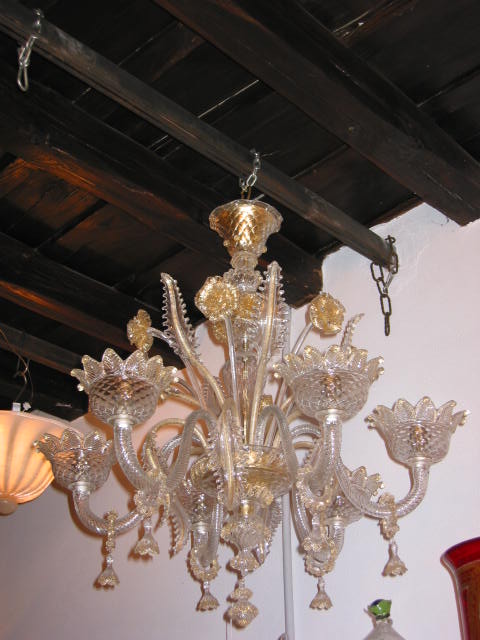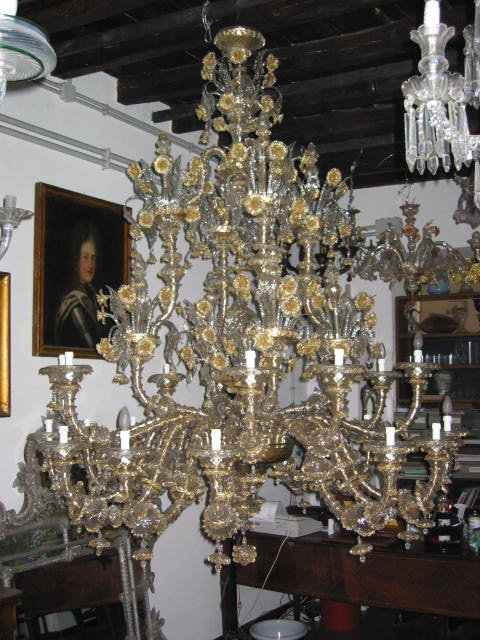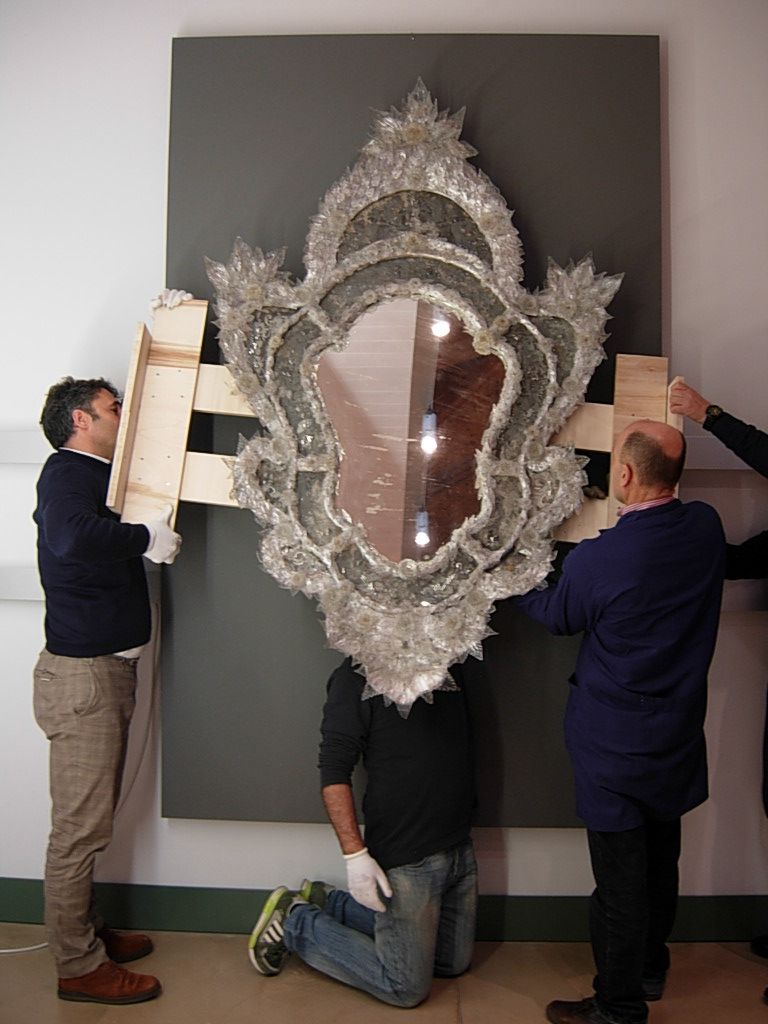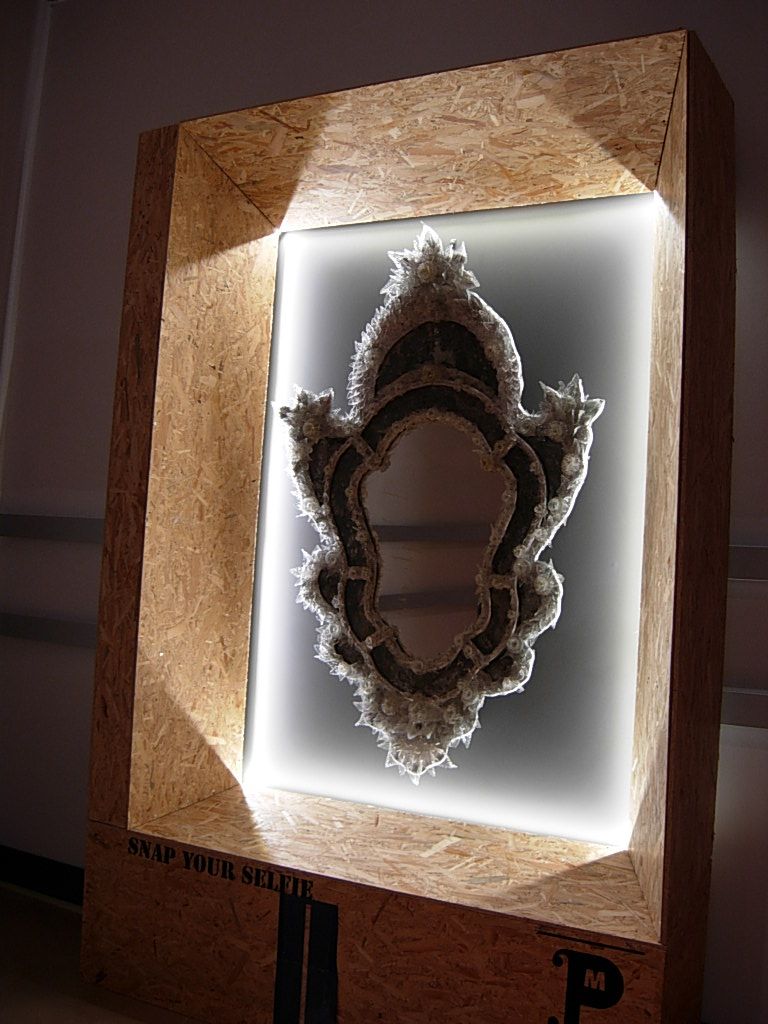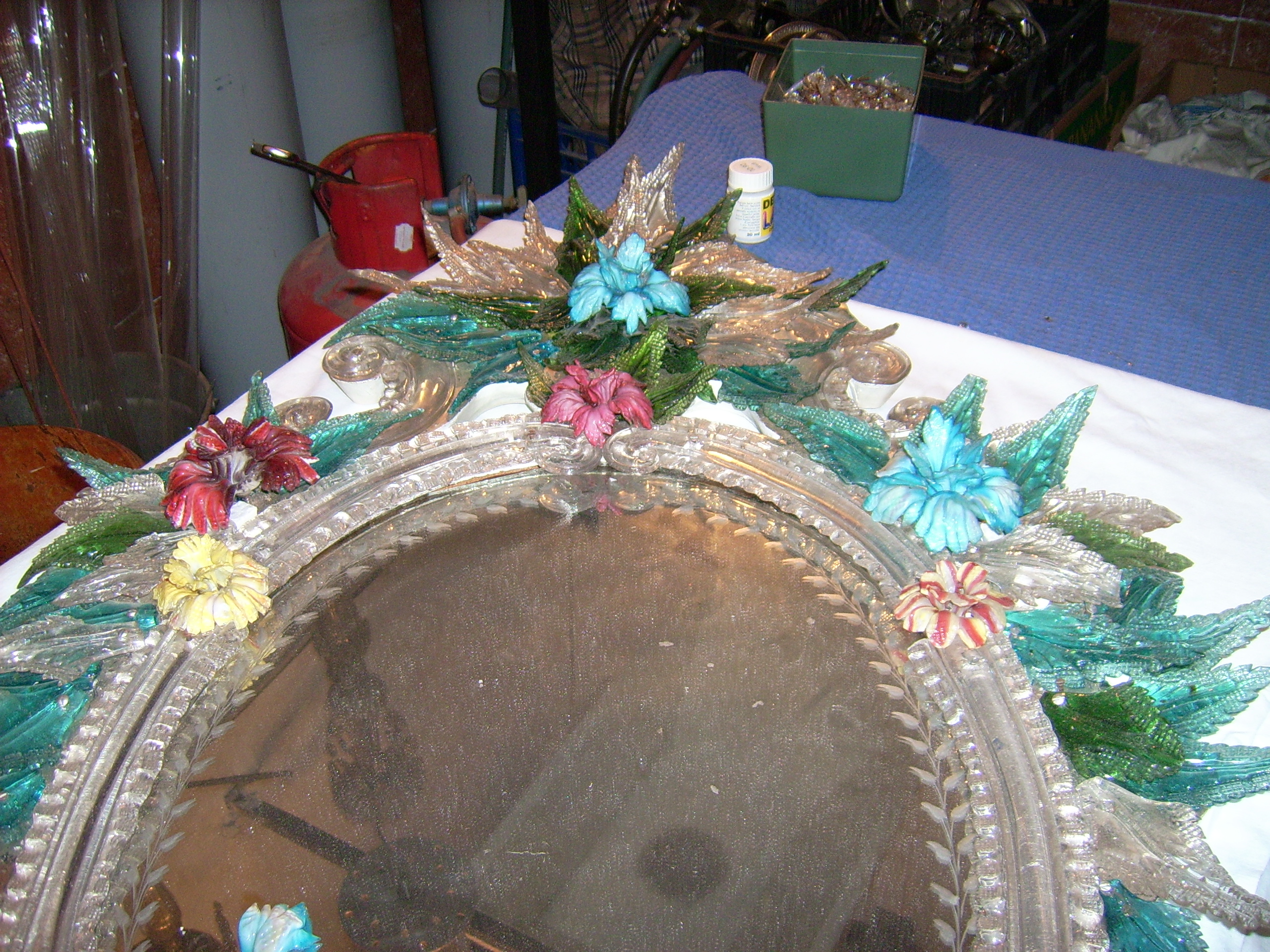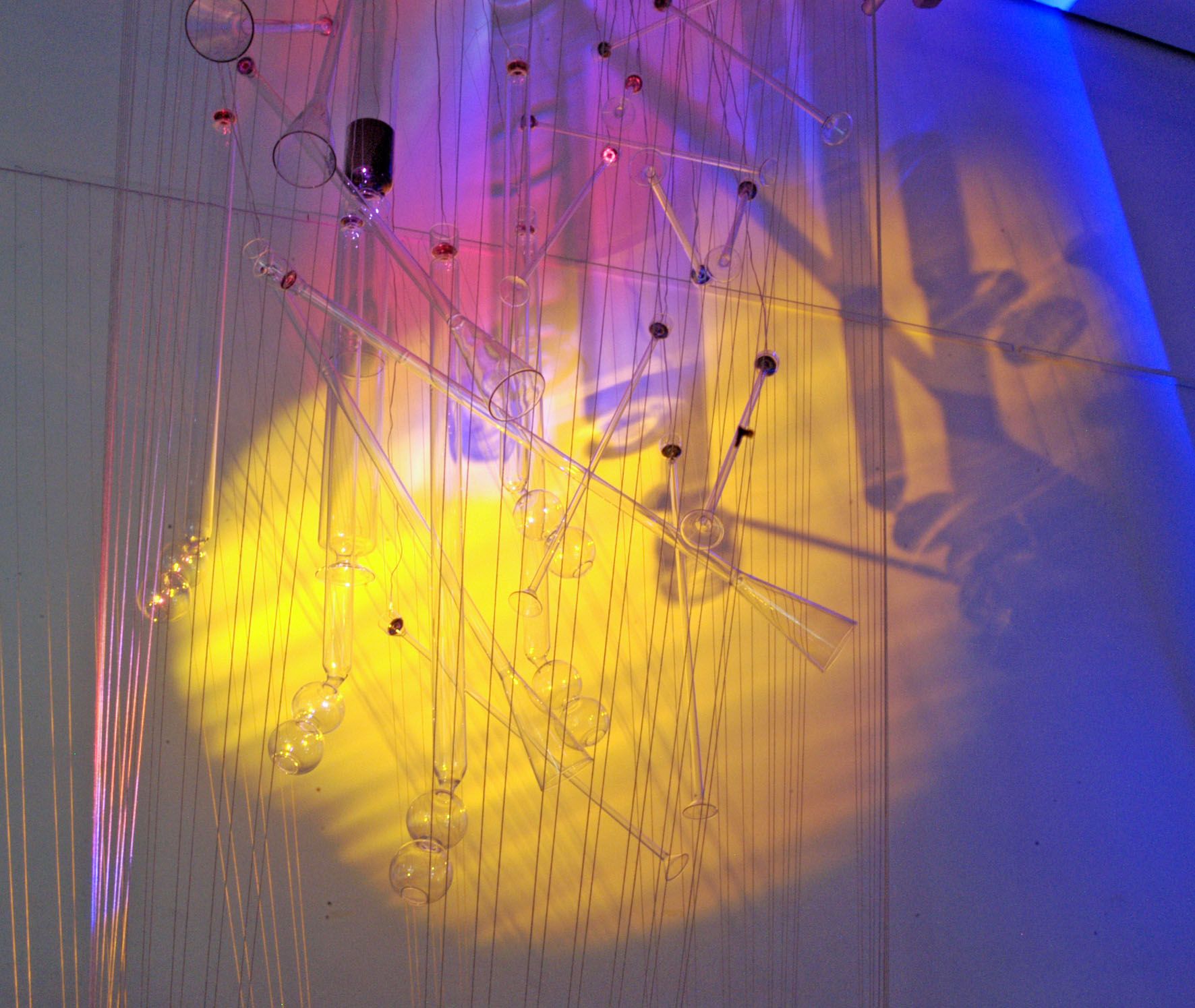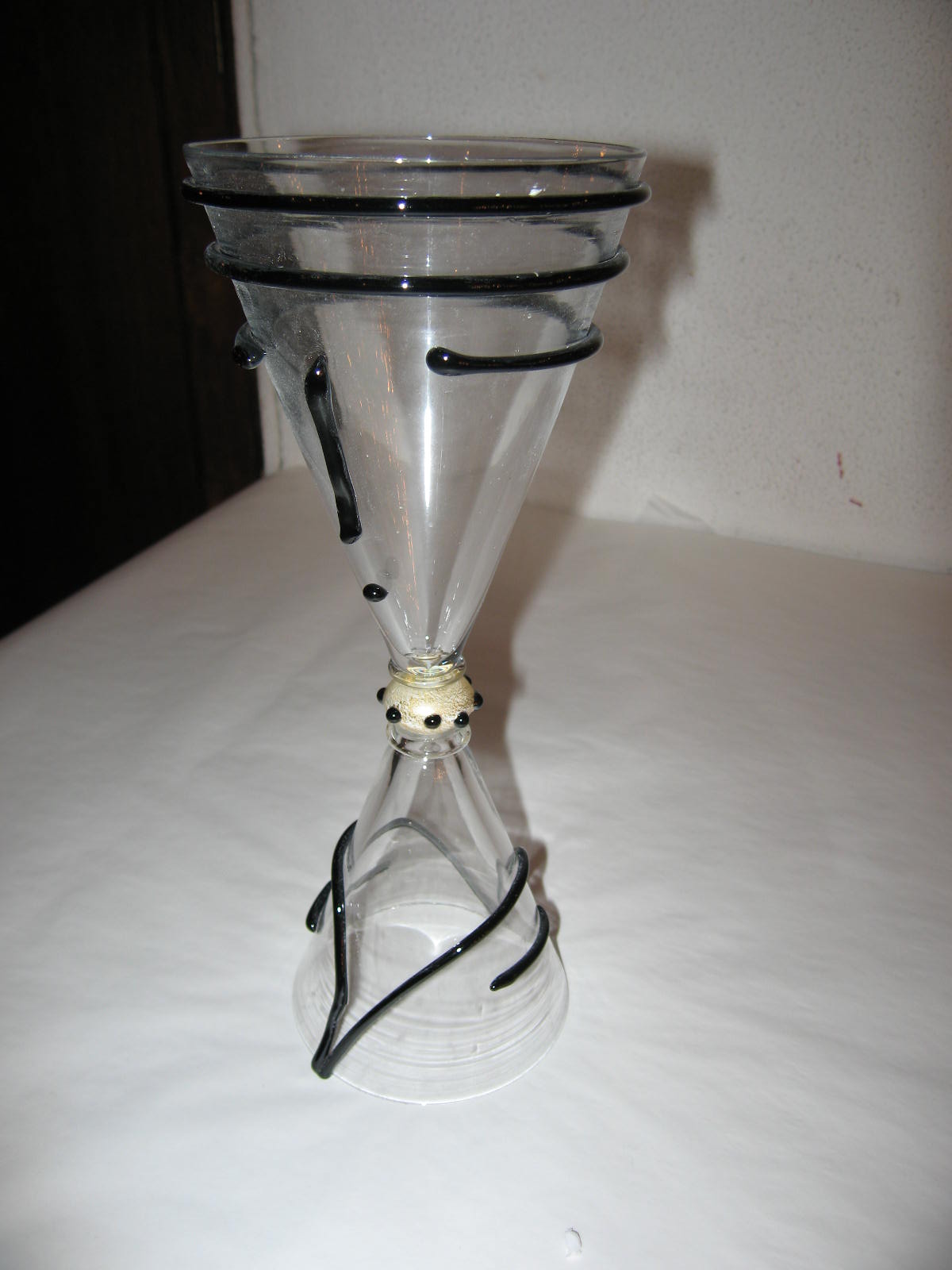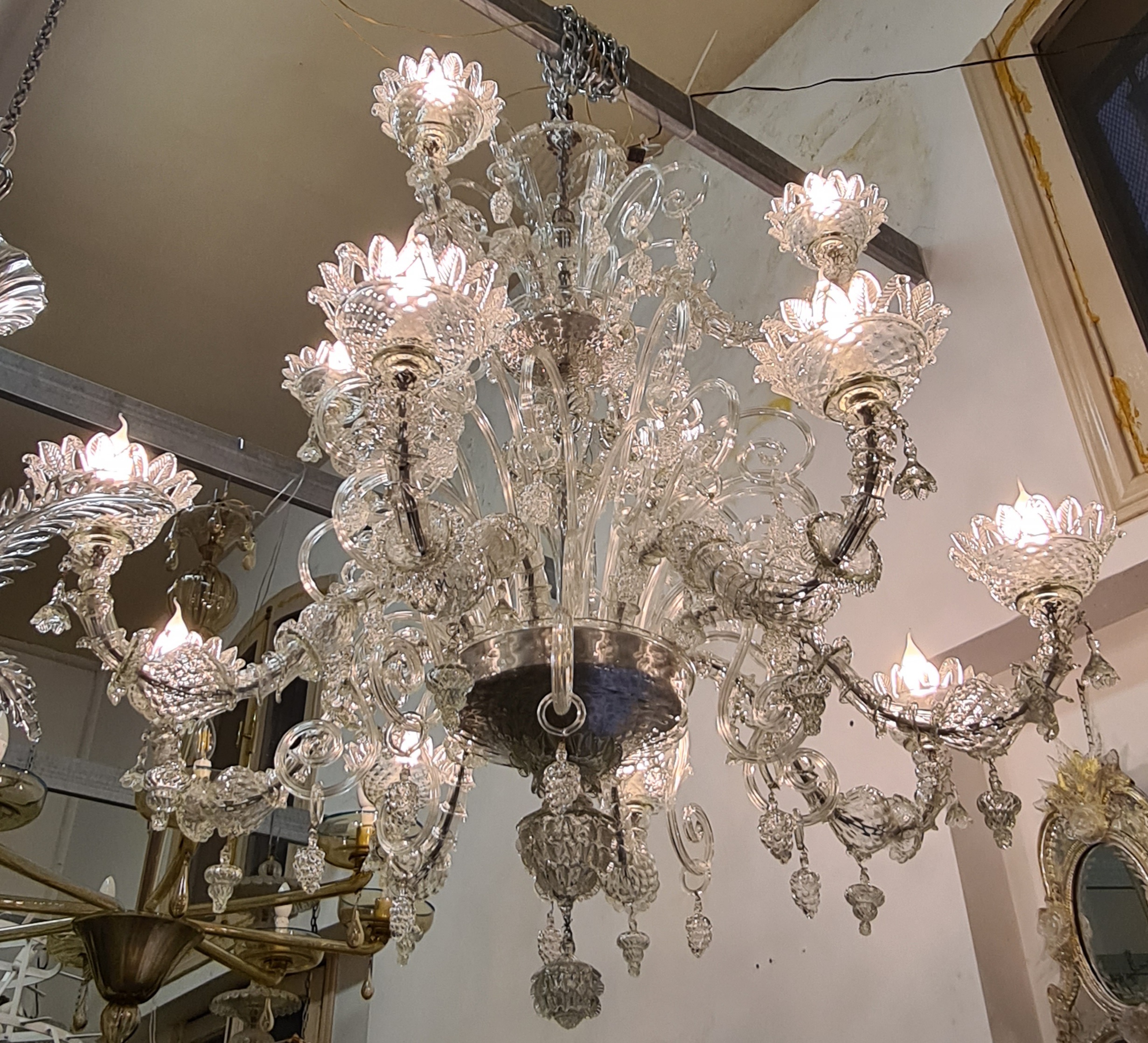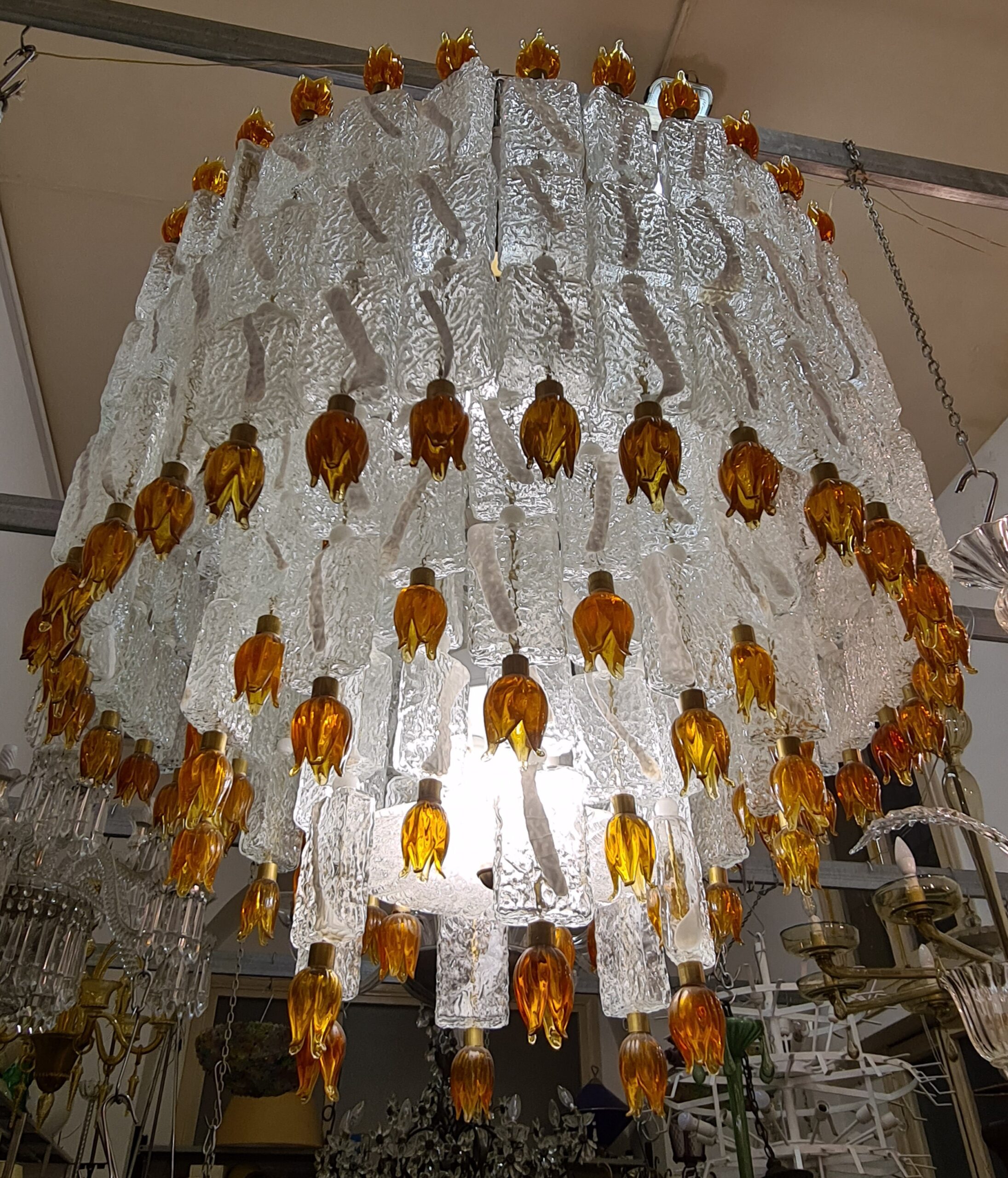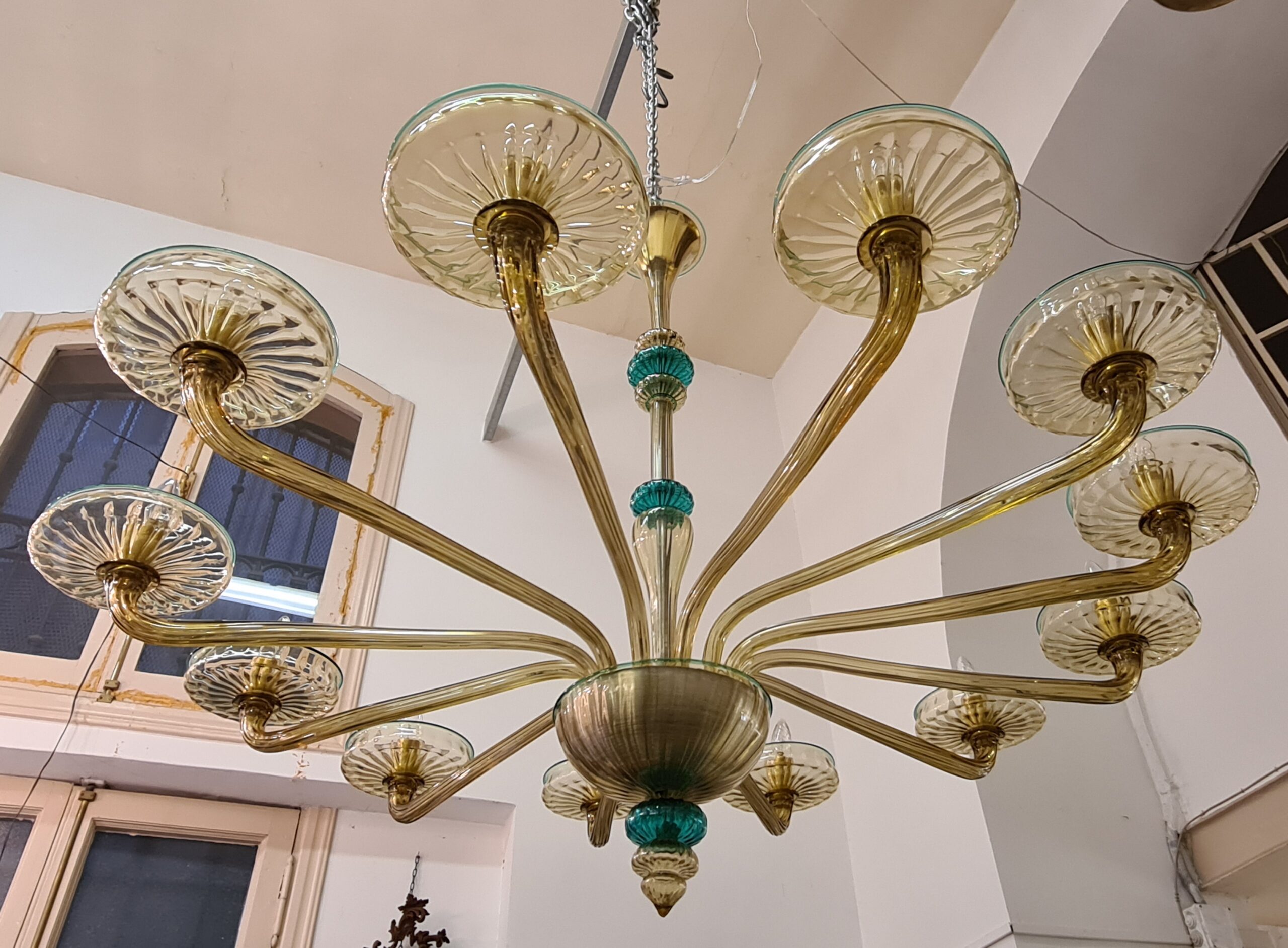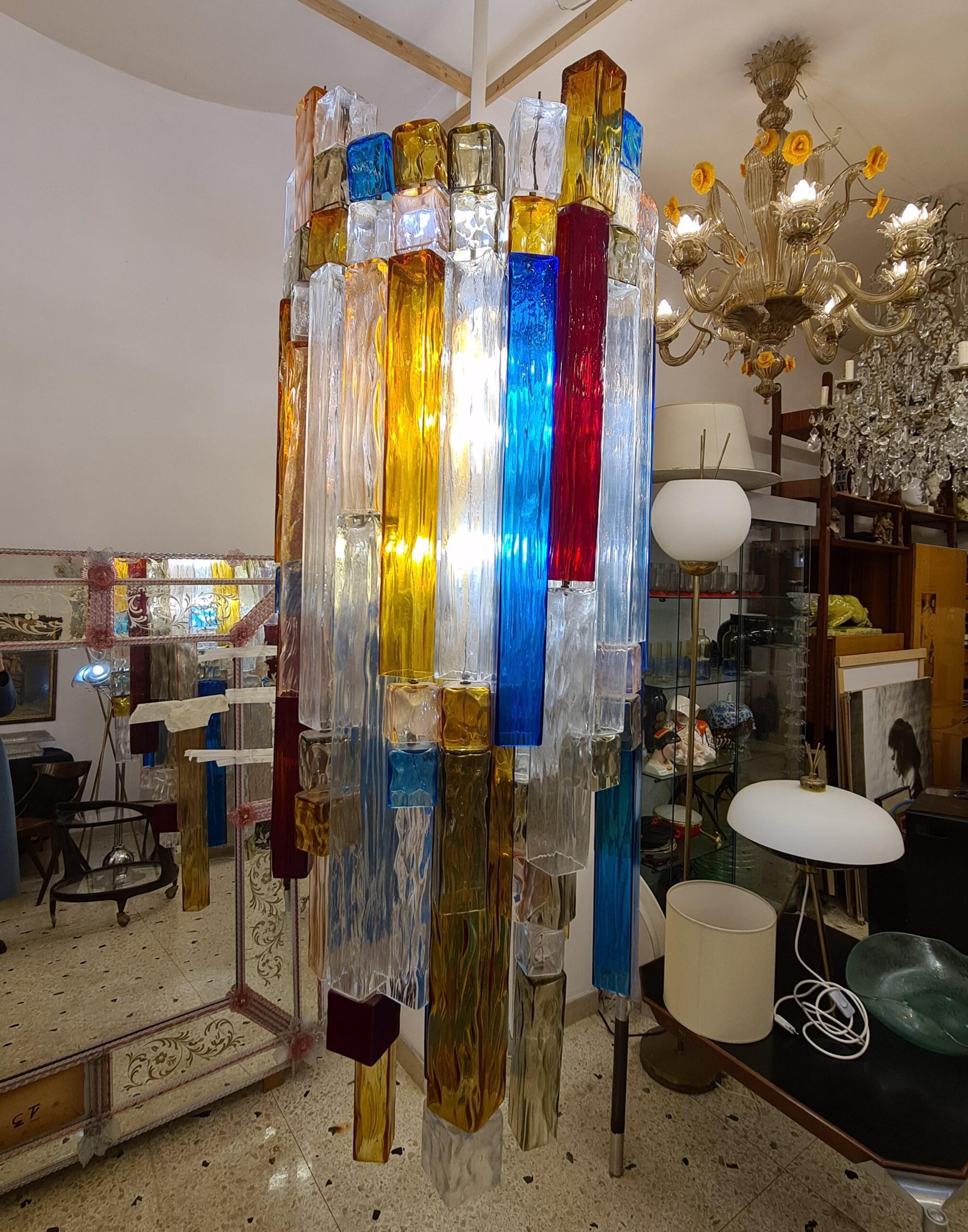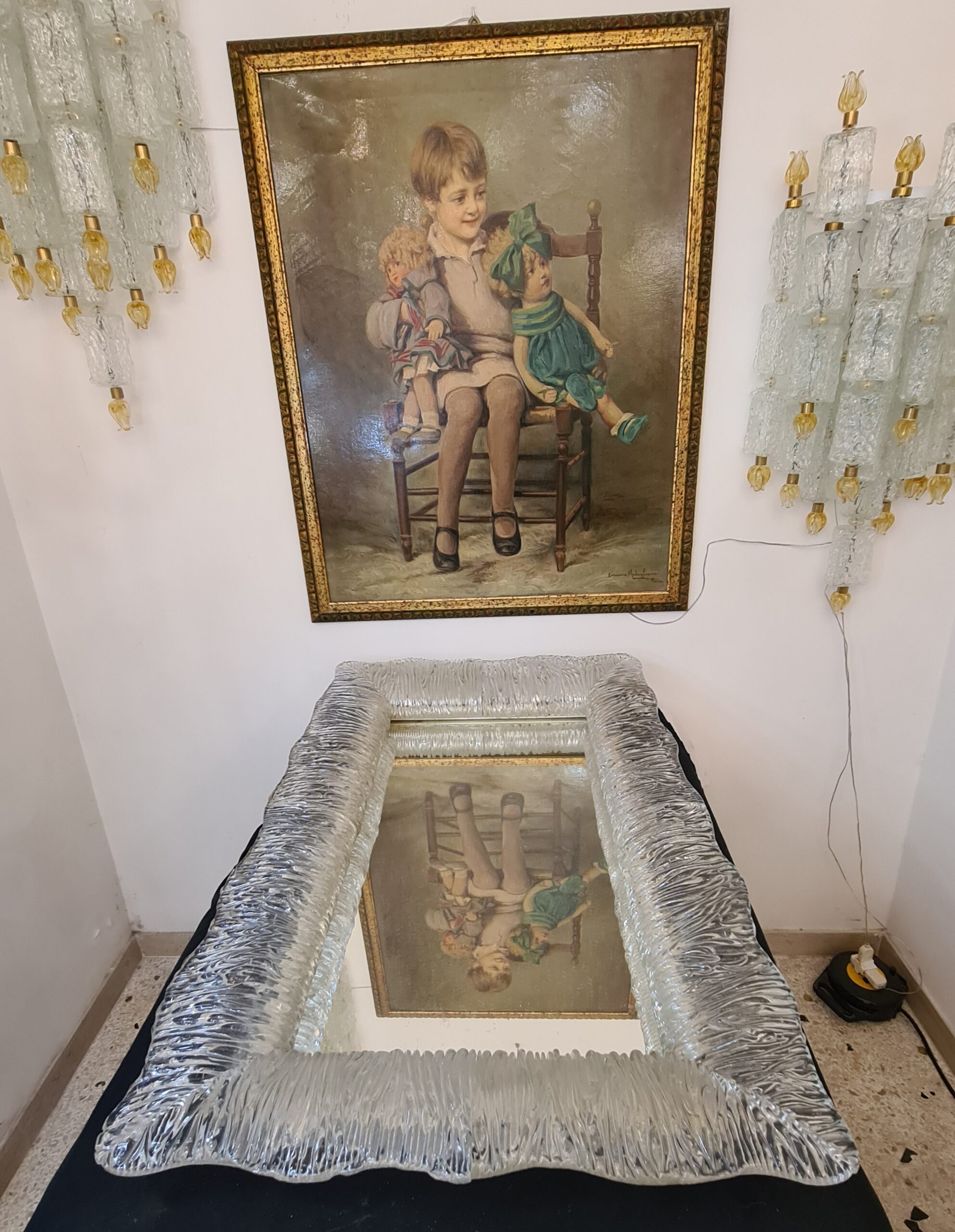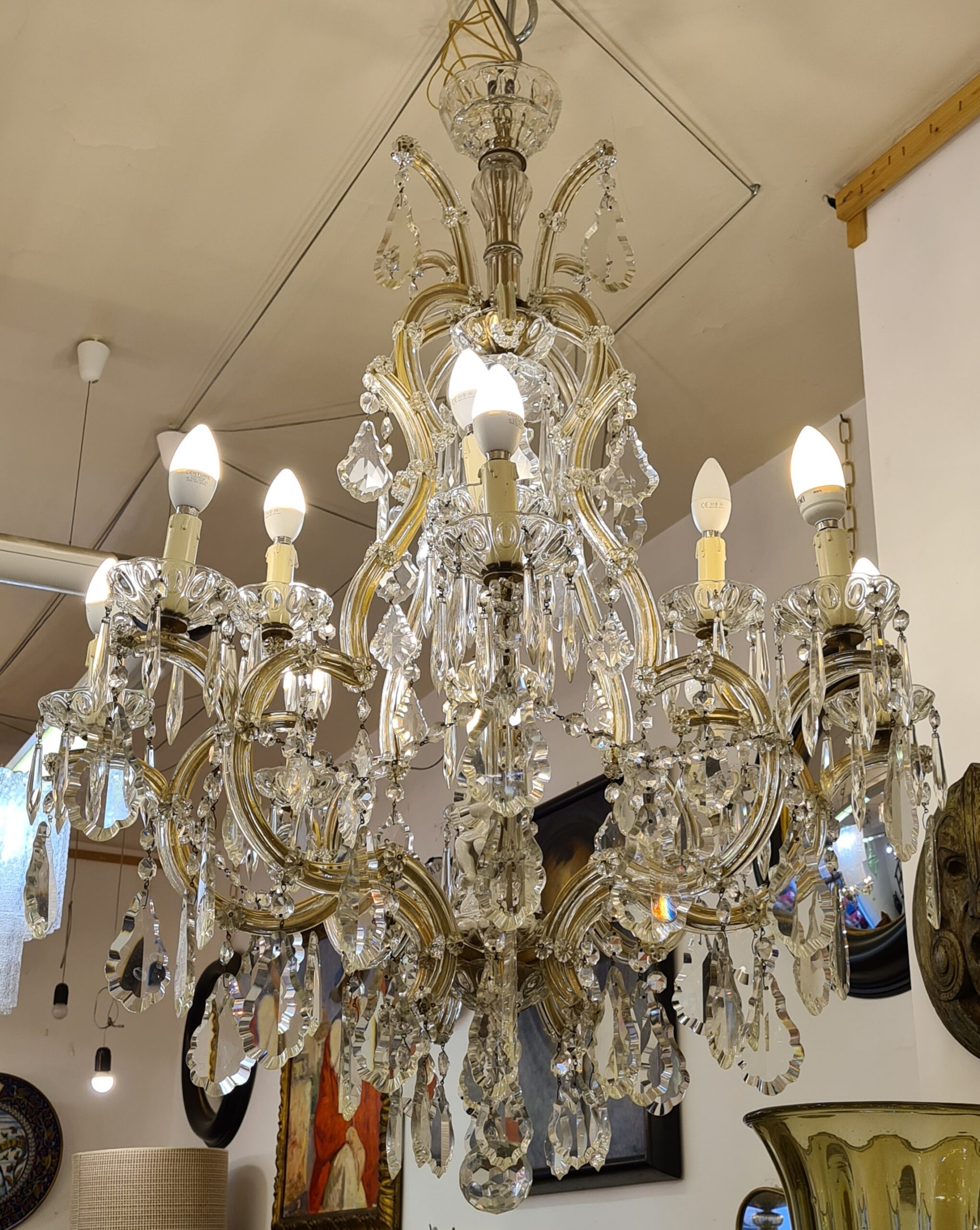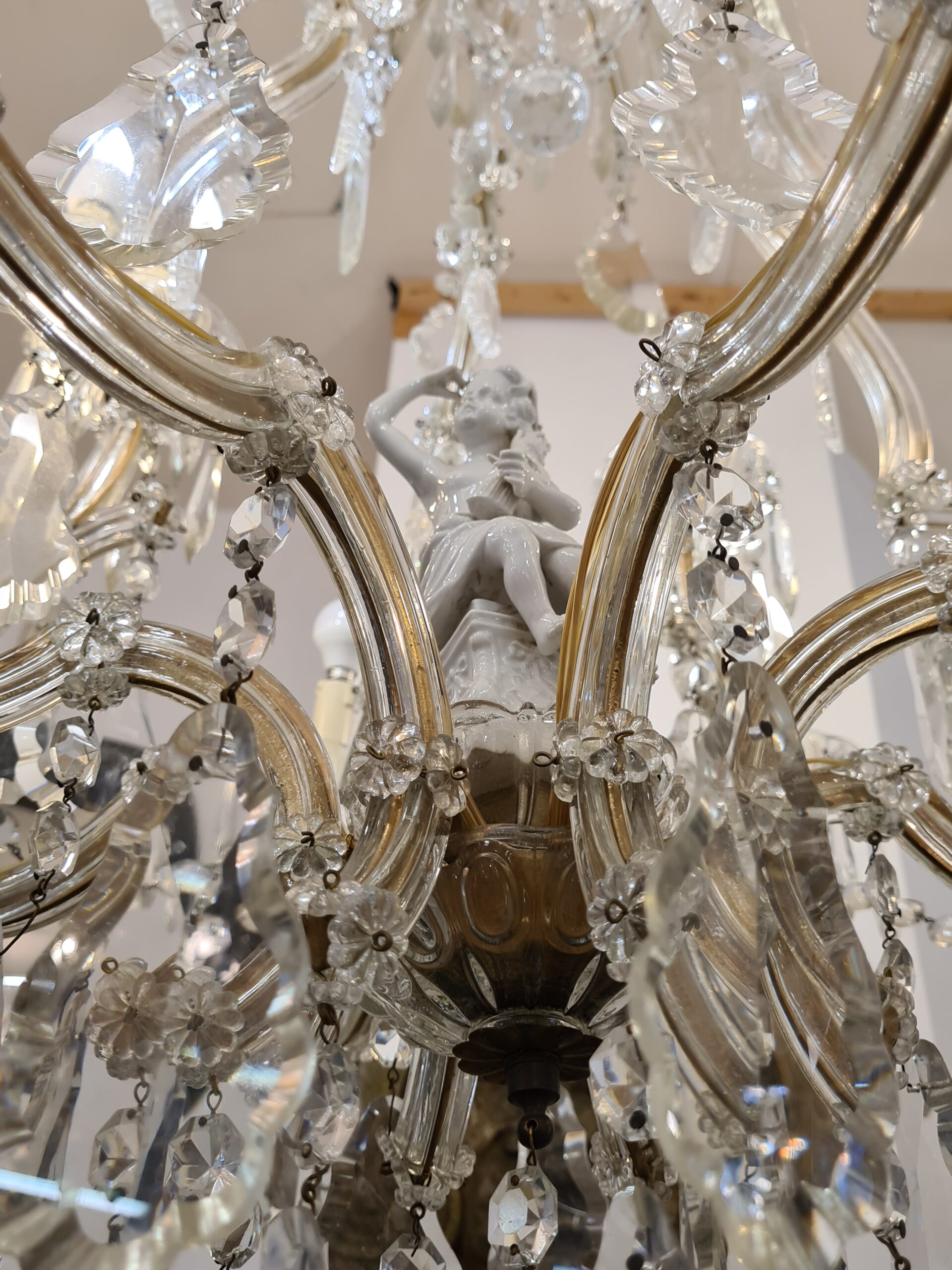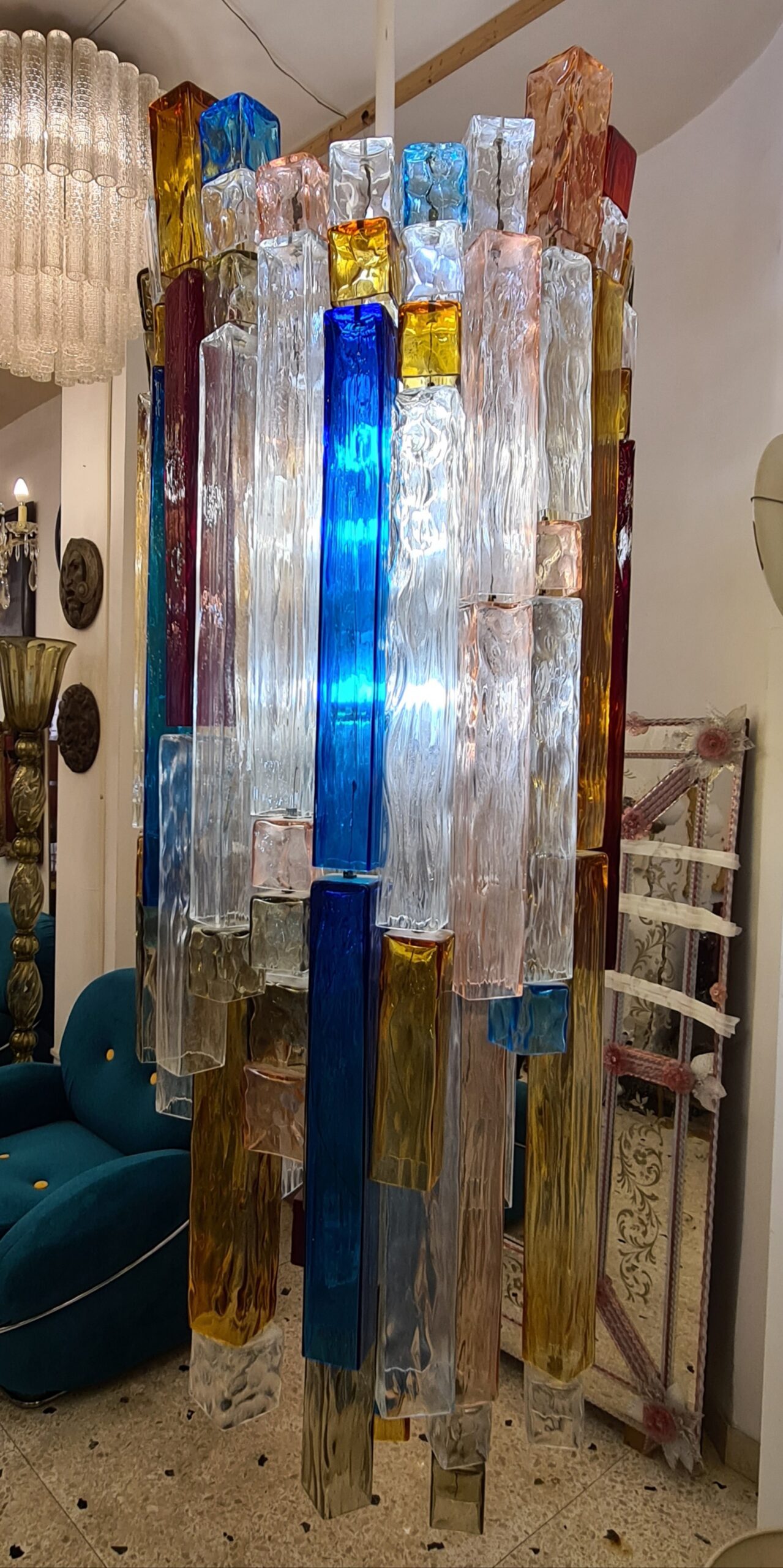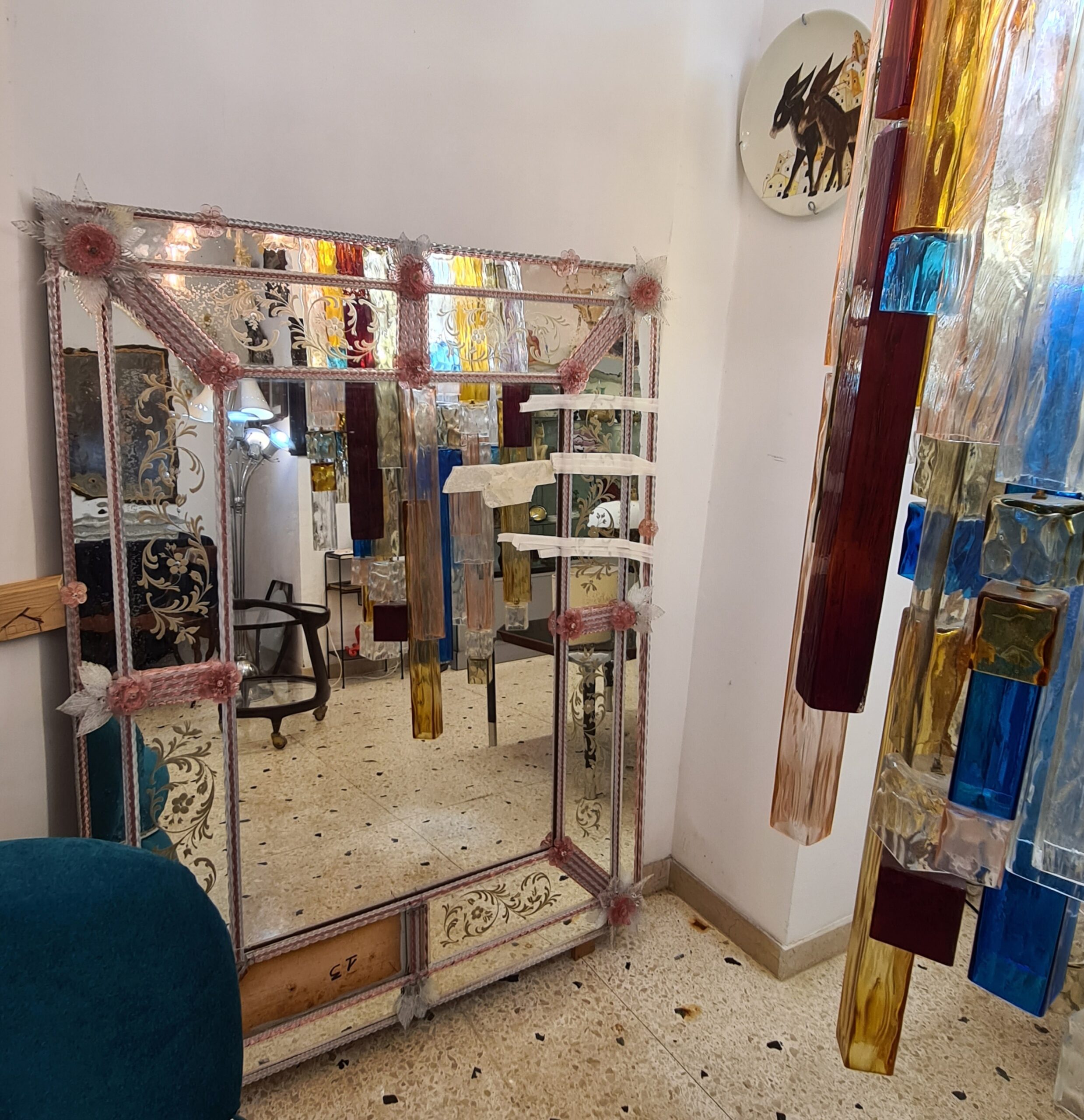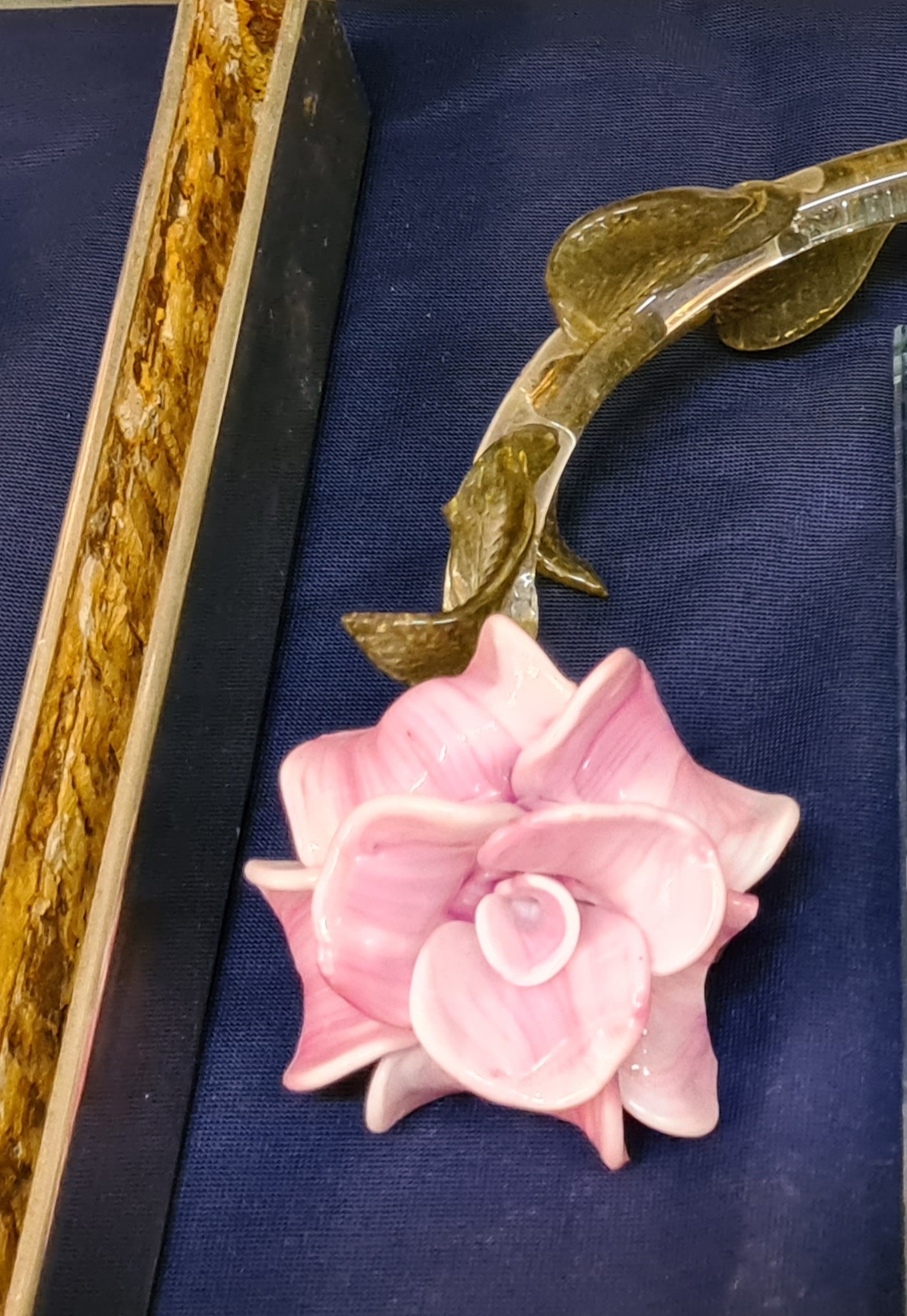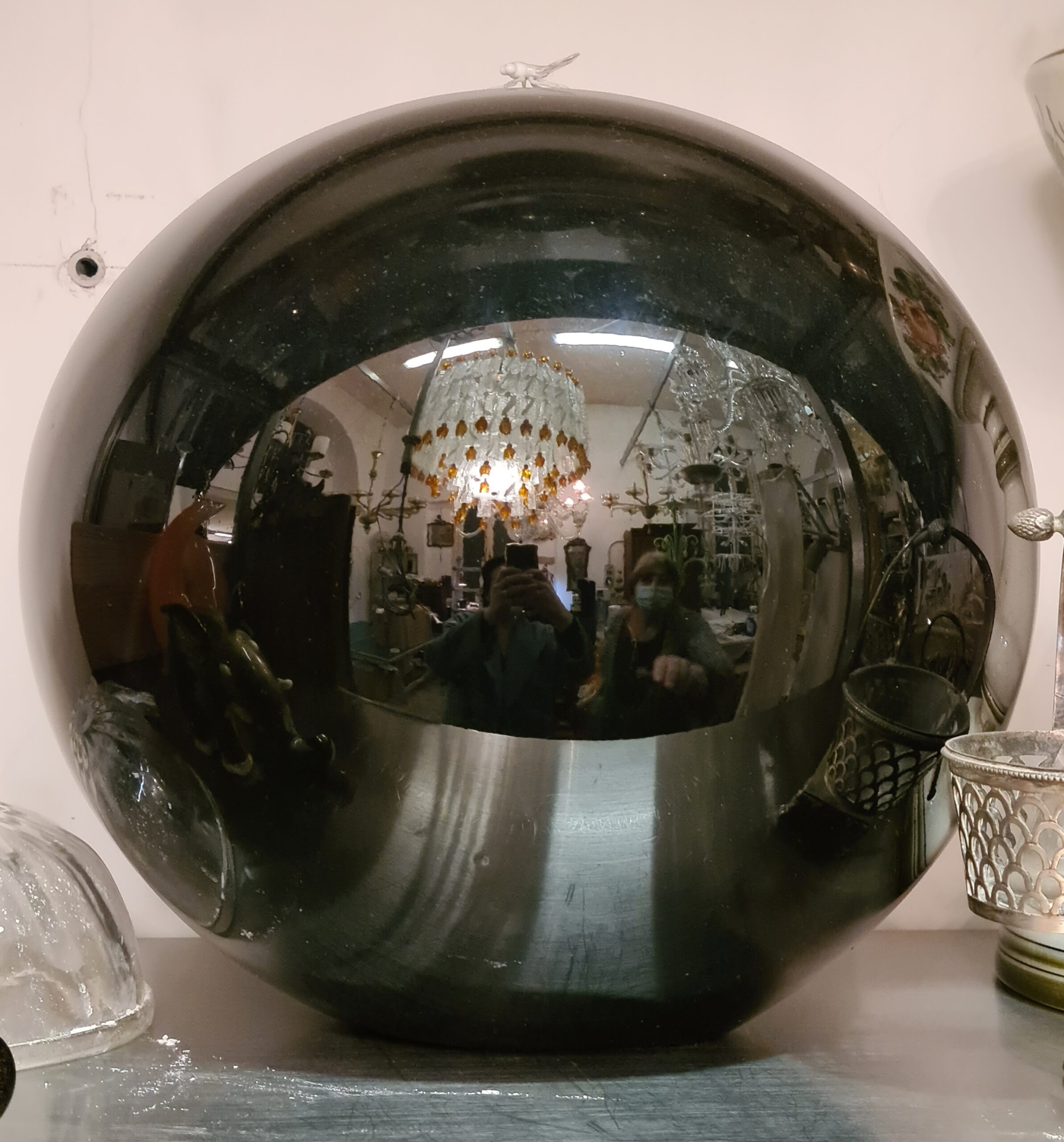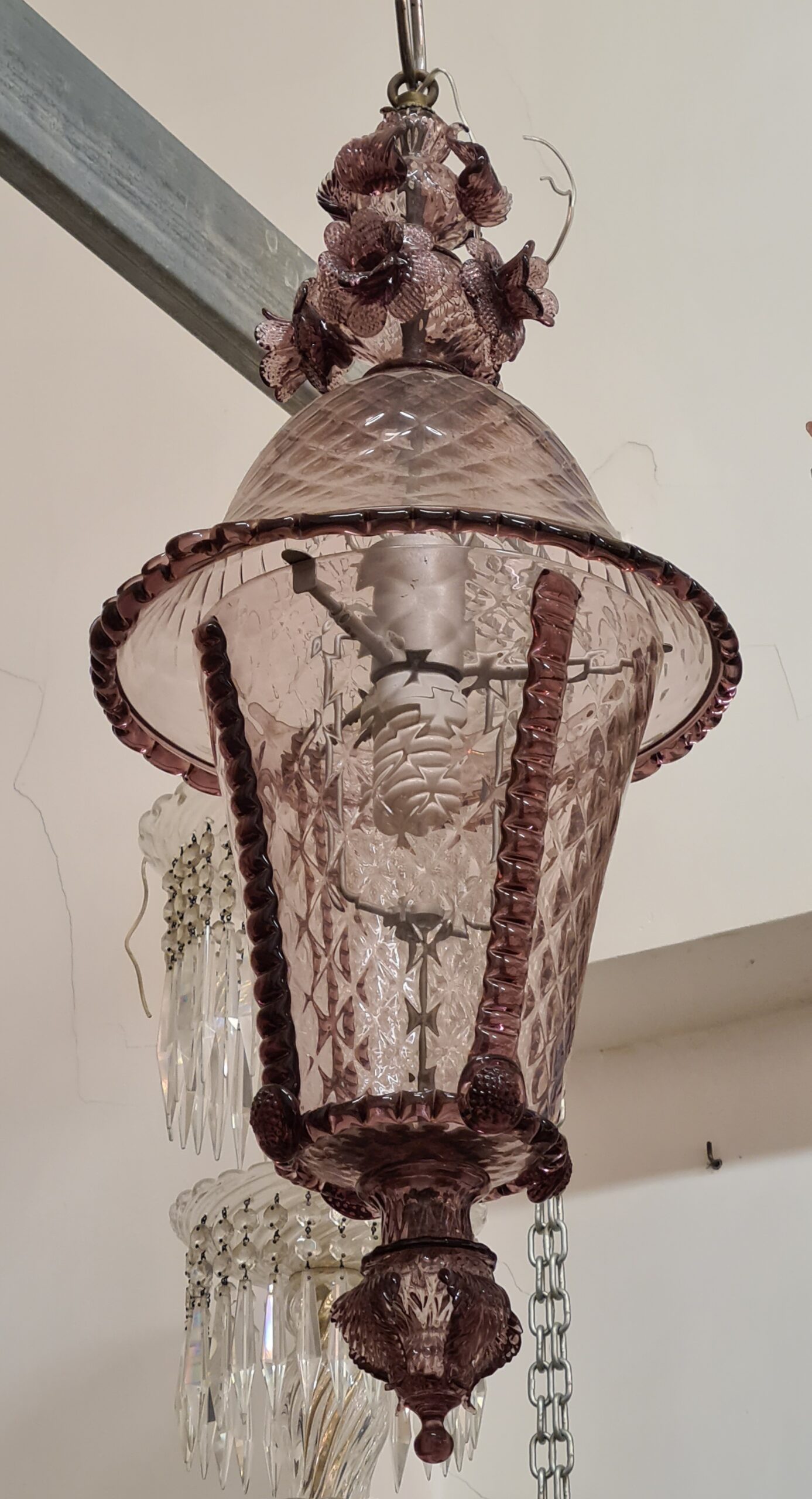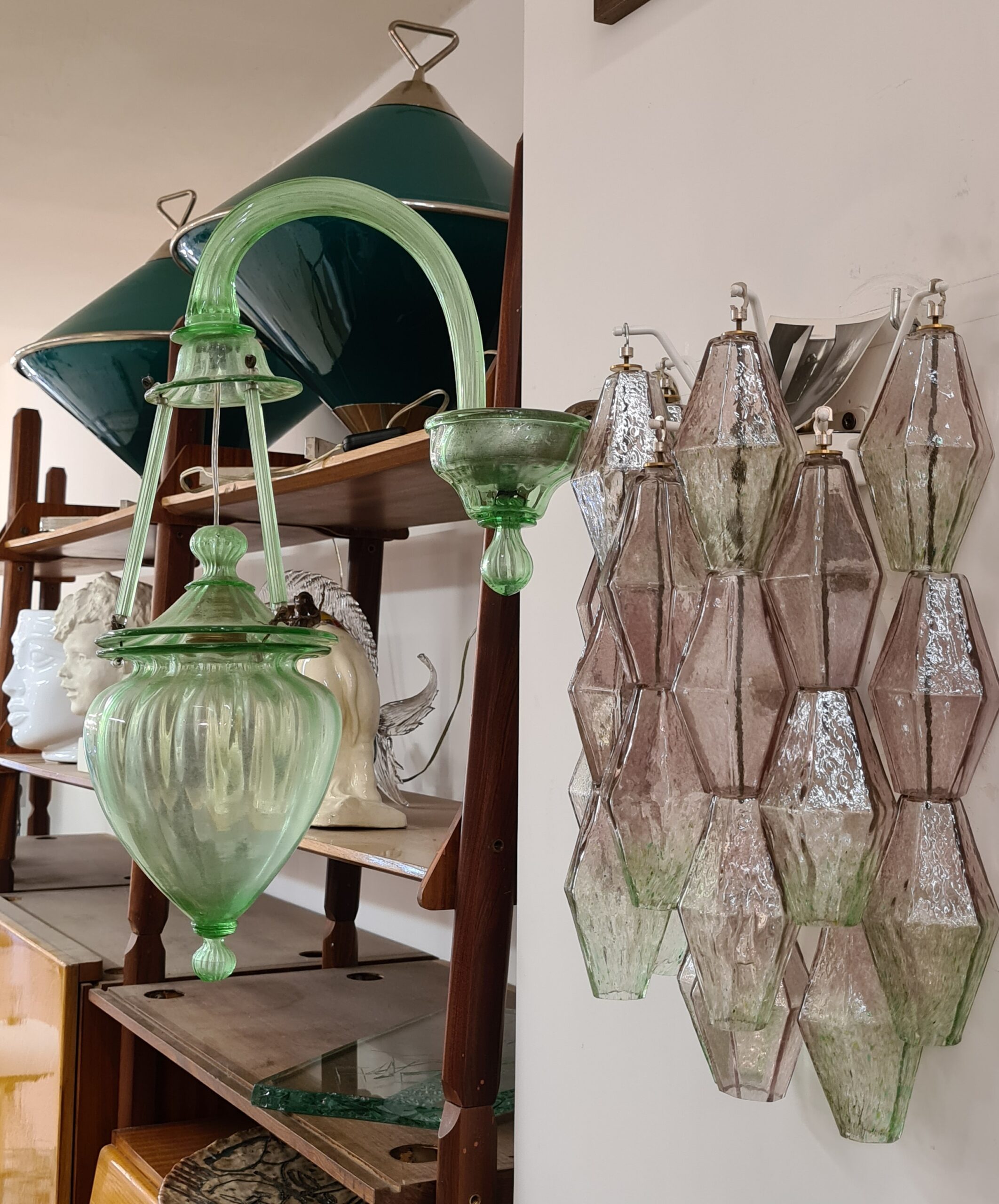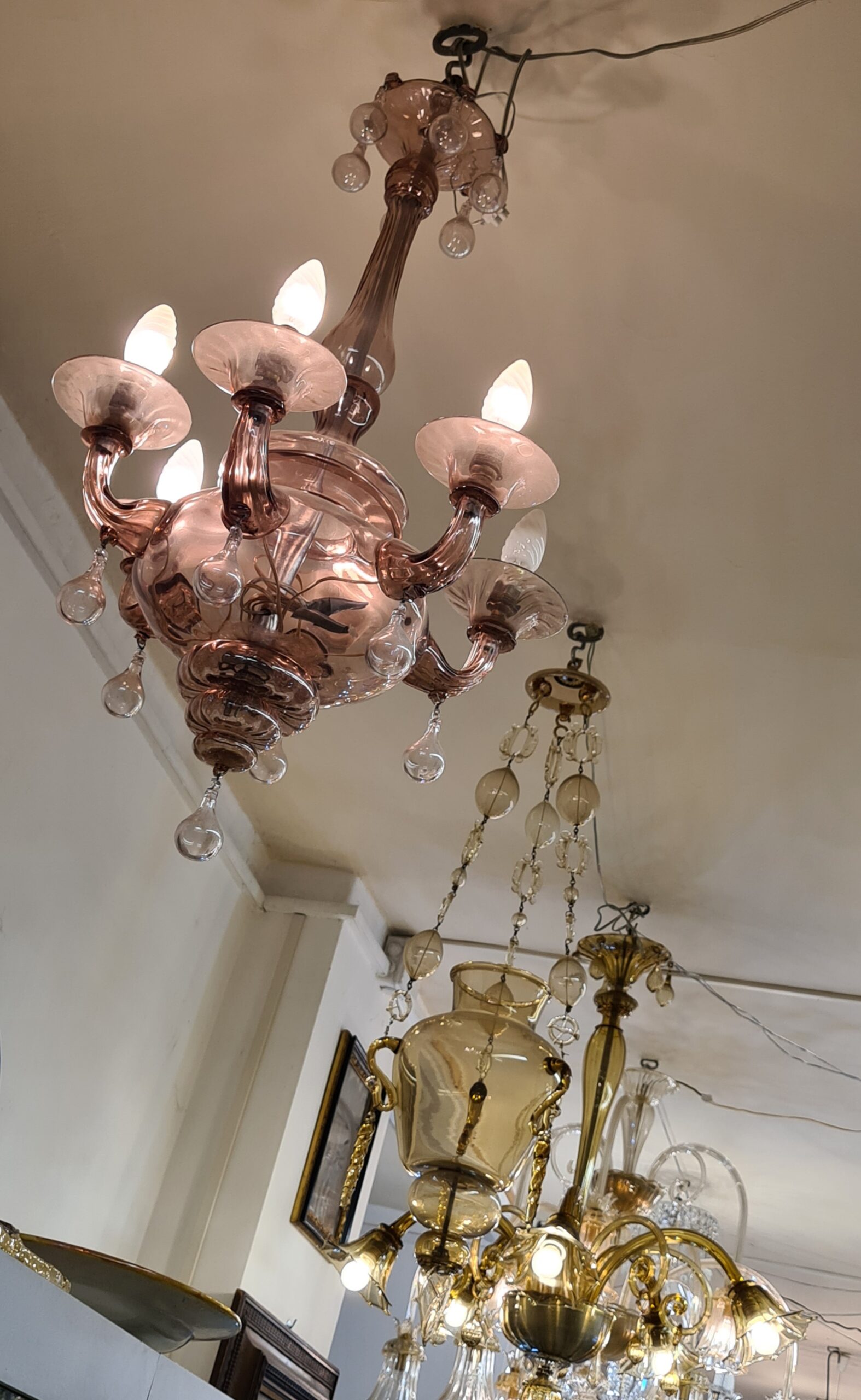Today “Fatto a Mano” Postcard is dedicated to two glass masters, Maria Beatrice Cesari and Aldo Frasca, who have their workshop in the center of Roma.
Forty years of activity dedicated to restoration, research, and creation of precious, beautiful objects: your work seems more likely to a string of anecdotes, adventures. How did it start? When did you first meet?
Our paths crossed when we were teens, then we grew up together, and together we gave life to our business and created our family.
On your business card, we read “Glass art and restoration”: who, between you two, is the glass master? Where did he/she train?
With great passion, we have merged the two Italian glassmaking schools.
I, Beatrice, Ligure by birth, had my training in Altare, a little town in the province of Savona, where a glassmaking custom still exists, that dates back indeed to the year 1000. There I have had the chance to know and get along with the Bormioli family since I was a little child.
In Venezia, Aldo completed his classical studies. In the meanwhile, he has attended the renowned glassmaking workshops of Murano, since he was a boy.
Your attention is addressed especially to the chandeliers of all styles and historical periods: where does this preference come from?
We have refined our techniques over the years, collected materials, then our eclectic temper has brought us to individualize ourselves into a stimulating market niche. Nevertheless, our true passion has always been infusing new life and securing big and important objects: precious mirrors and chandeliers.
Indeed, marvelous chandeliers all around the world have induced you to travel a lot. Do you have any anecdotes to narrate?
I remember with pleasure when Nicoletta Braschi and Roberto Benigni had sent us an object to be restored. For that work, we asked no money, only an autograph for our sons, just kids at that time. The day after a luxury car stopped in front of the workshop: the two artists got out of the car with a parcel in their hands… it was full of all the DVDs of Benigni, including the just come out “Pinocchio”, along with a number of autographed photos. With us, there was also one of my sons, that after a brief chasing had Benigni signing his t-shirt… Afterward, we have restored all the chandeliers of their huge and wonderful villa.
Another story I can mention is when in Palazzo Caetani, in Via delle Botteghe Oscure, where the Brazilian Ambassador to the Holy See currently resides, we have restored mirrors and chandeliers, a 4 years long work. Well, while we were working on-site, the painters removed from the walls three big mirrors, 4 meters high, that were hanging in the hall, and laid them on the ground in one of the lounges of the palace. Never lie mirrors on the ground! In order to ‘protect’ them, the painters have covered them with a canvas. When one of the Embassy attendants entered the room to open the windows, he understood by the noise that he was walking on some glasses which were broken under his steps. It wasn’t enough as, thinking to avoid further damages, he began to run and all the mirrors went to pieces. It took a long accurate work to restore them; we had also to find in our warehouse some matching mirrors in the same sage shade of color to substitute the broken original pieces.
Your work calls for historical researches about the objects that need your intervention. Do you remember each object, each story?
Yes! We can say we remember the objects we have restored and their location more than their owners. Each object has its own life grafted in the historical context it belongs to.
Furthermore, you create authentic works of art in collaboration with famous artists…
One of the branches of our business that we have developed in the years has been realizing new objects and collaborate in performances with some important contemporary artists like Paolo Guiotto, Luca Maria Patella, and others.
And speaking about collaborations, an amazing installation made for the Center of Musical Research has gone on world tour…
Yes. From Rome, where it had been first presented at the Goethe Institut, it has been brought to Japan, China, and some other countries in Northern Europe. It’s an elaborate system of ‘variants’ made of glass that resonate and contribute to effuse a melody.
But there is more, your contribution appears clearly also in some movie frames…
Our works are present in Martin Scorsese’s “The last temptation of Christ”, in “The woman of the King”, in some movies of Felice Farina, and in others.
In the golden age of Cinecittà, we used to operate daily, making objects by designs and scenography.
Your customers are then companies, public institutions, artists, and privates: all this just thanks to your talent and mouth-to-mouth, as it was in the past. Is it still working?
Yes, mouth-to-mouth is always effective. Now also the website, even if a little bit static, not updated, is useful.
You have also organized some classes for students and for young people who would like to learn more about this craft: what do you teach them?
We have organized some educational and informative meetings, in order to get young people to know our craft and the opportunities it can offer. Classes are more complicated to organize because they need some complex safety precautions. We work with sharp glass and 1100 degree flame.
The lockdown did not stop you, indeed with your sons’ help, you are updating your image also in social media…
Yes. We are engaging our sons Gabriele and Michele, who, after adequate training, are joining us in the management and modernization of the firm. Obviously, in these uncertain times. It is necessary to transform the activity adapting it to new needs, without neglecting the huge amount of expertise that we have accumulated through the years and that is always the foundation of our activity.
ARTE E RESTAURO DEL VETRO
Via Raffaele Cadorna, 5
tel. 06 48904339 – cell. 3488842656
vetritrevi@libero.it
www.arterestaurovetro.it
https://www.facebook.com/Arte-e-Restauro-Del-Vetro-Di-Aldo-Frasca-1464279613805420/

